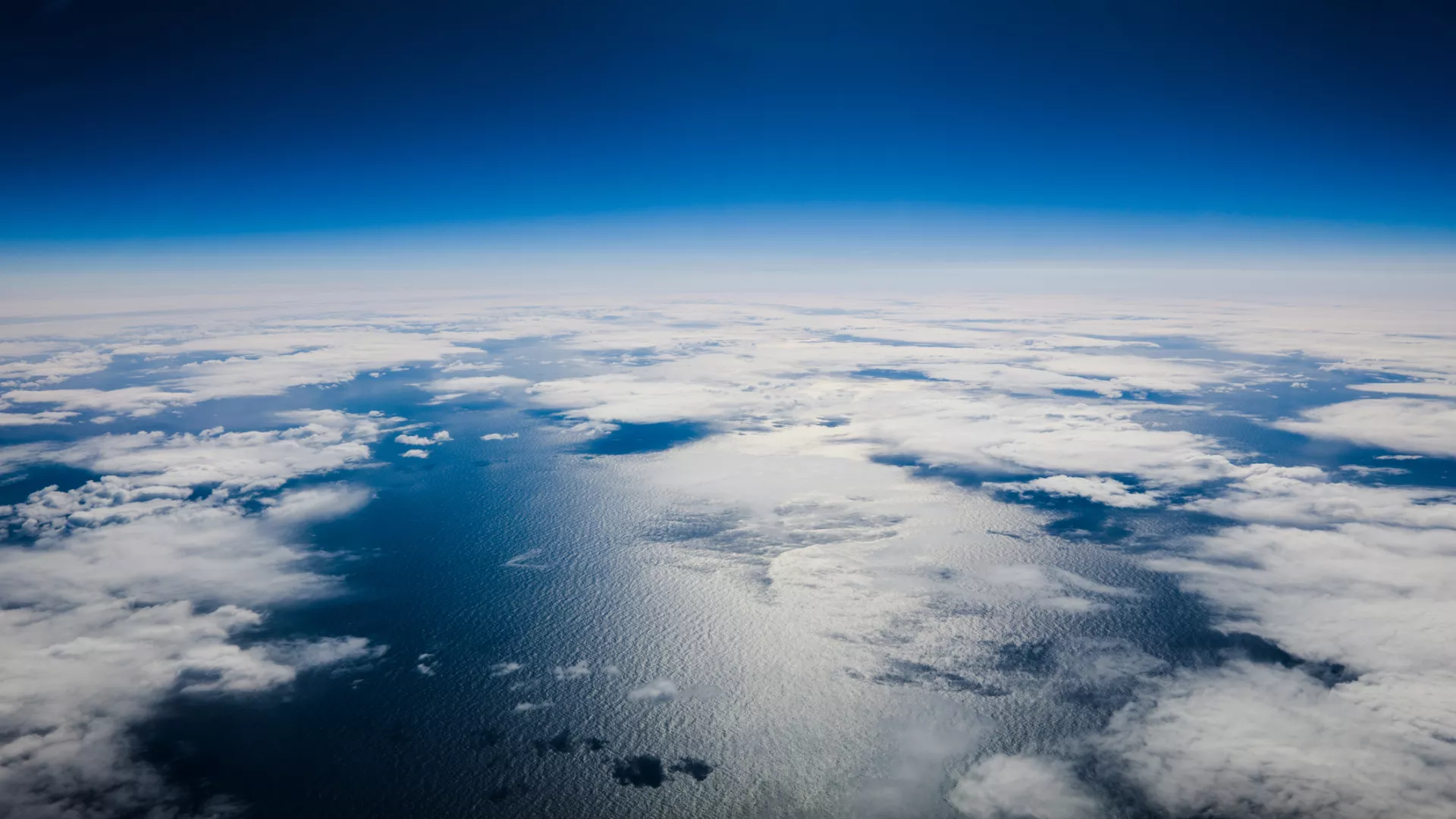Abstract:
The primary sources and drivers of recent observed summer Arctic moistening trends are still unclear, which represents a significant research gap hindering attribution and detection analyses of observed Arctic warming. To better understand this phenomenon, we employ combined water tagging and circulation nudging techniques in the isotope enabled CESM1 (iCESM1), revealing that the summertime large-scale circulation trend pattern and land capacitor effects over the Northern Hemisphere high latitudes have played key roles in Arctic warming over the last 4 decades. Trends in atmospheric circulation direct more narrow, ribbon-like flows of extreme water vapor transport, referred to as atmospheric rivers, through pathways over North America and Eurasia and into the Arctic. Examining historical trends in poleward moisture transport from a large ensemble, we find that the free-running model struggles to capture the same pathways found in the nudged simulations. These missing pathways are leading contributors to high latitude moisture-related warming found using a radiative kernel approach to quantify the summertime water vapor feedback decomposed by tagged region. We also find that these pathways source their moisture from over the high latitude continents through land capacitor effects that recycle moisture originating from the tropical Atlantic, with contrasting processes between North America and Eurasia. Overall, our study highlights the coupling between large-scale circulation, poleward transport, and land-atmosphere interactions over high latitudes and its importance in past as well as future moistening and warming of the Arctic.

